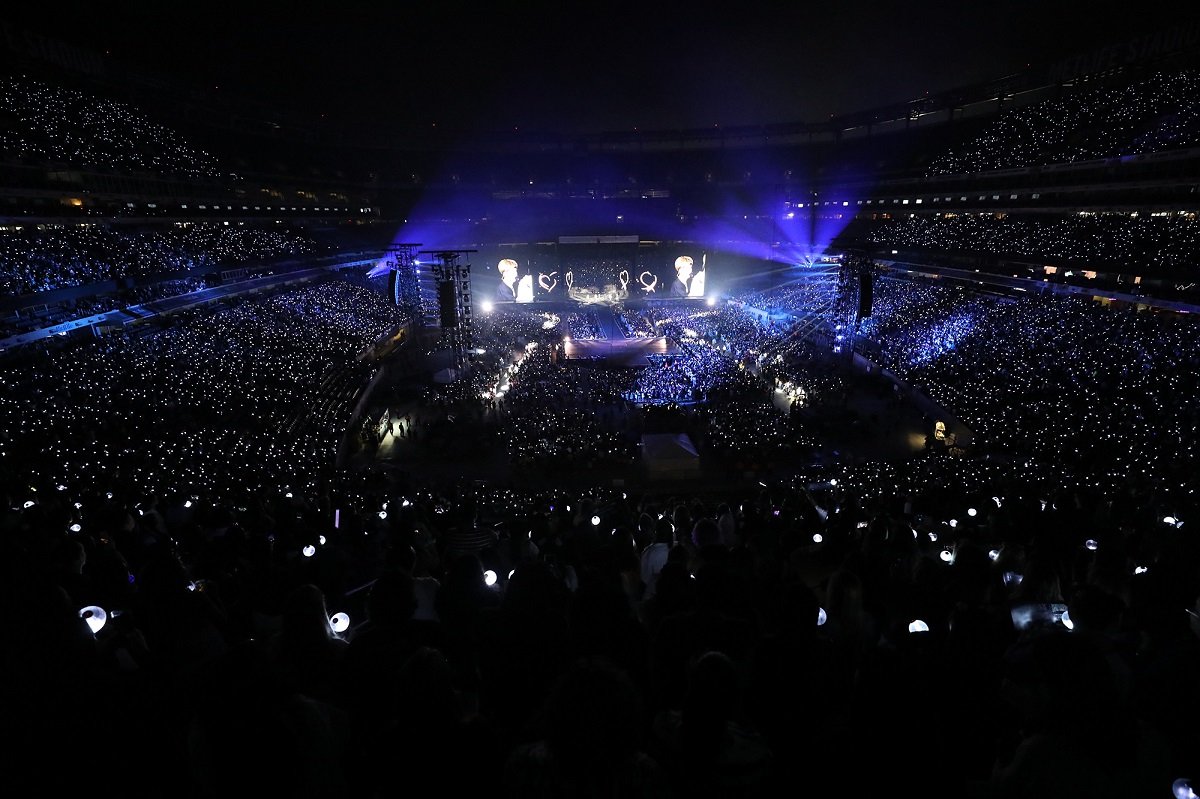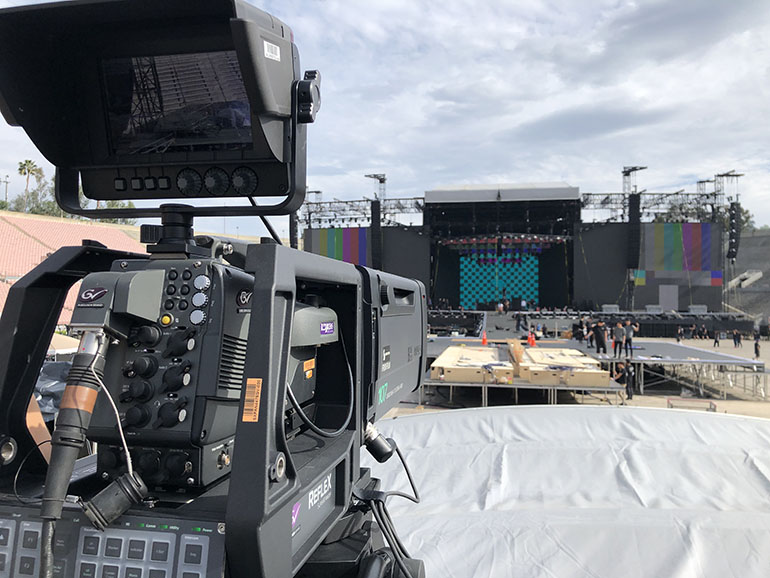Korean based boy band BTS recently wrapped up a 14-month world tour full of 62 shows across four continents. The show began and ended at the Jamsil Olympic Stadium for two nights at the start and three nights at the finale. No group has ever performed five concerts in this venue.
Shortly after starting this campaign in August 2018, the band went stateside to launch the arena run of the tour. While most of the mainstream music industry had only heard of them in passing, they sold out four consecutive nights at the Staples Center in Los Angeles. The tour took them across the country. At the conclusion of this arena run, the group sold out Citi Field in New York City only one week after two sold-out shows at Prudential Center across the river in Newark, NJ. They were the first K-pop group to play a stadium show in the United States.
They weren’t finished breaking records. After finishing the winter with shows in Europe and Asia, crossing the 1 million ticket mark, they returned to the US bigger than ever. They announced a stadium run starting with two sold-out shows at the Rose Bowl in Los Angeles. This stadium run took them across the US again, through South America, Europe, and back to Asia. This past October, they finished their globetrotting adventures at their home in Seoul, South Korea.
The production design and lighting/video design was handled by US based design firm FragmentNine and principals of the company, Jeremy Lechterman and Jackson Gallagher. The company was first engaged in 2017 as the band was wrapping up their Wings World Tour. Everyone quickly got to work on the new Love Yourself album cycle. The challenge was to create a show that could open the tour in an 80,000-capacity stadium and then move to arenas less than two weeks later. Creating a scalable show was imperative.

The show was produced and production managed by creative directing team and South Korea-based company, Plan A, which has long worked in the K-pop industry.
Moving from the first stadium to an arena was a challenge as the only equipment that was the same was some of the bespoke scenic elements. All of the vendors changed from Korea to the US as did many of the lighting and video products. As the production arrived in the US, the lighting was provided by Nashville-based production company, Morris Light & Sound. The staging was provided by Atlanta Rigging, and the video was provided by 3G.
The show then moved into the stadium expansion of the run. The promoter switched from AEG to LiveNation who hired production manager, Joel Foreman. Morris Light & Sound continued to provide the lighting; Solotech provided the video; and TAIT got involved on the automation and staging.
The tour set the record for the largest deployment of Robe RoboSpots, with 32 BMFL Followspot LTs on hand from Morris Light & Sound. This enabled spot operators to control the lighting fixtures from the safety of the ground. Stationed in the air were 439 fixtures supported by over 1,000 feet of GT Truss, and 225 were positioned on the ground, totaling over 664 lighting fixtures. The massive data network contained 11 consoles with 24 switches and 22 nodes all working together for 132 universes.

“Morris’ ability to scale to a massive event, combined with a dedication to quality was key,” says Joseph Logsdon, senior account manager at Morris Light & Sound. “We admire FragmentNine for their vision and deep understanding of technical elements. This was critical in creating an amazing experience for those who were lucky enough to attend this groundbreaking tour, which really was an outstanding production, not only for its scope but also for its continuity of design.”
The Speak Yourself extension of the stadium tour featured several new show elements. TAIT provided a 3D fly rig that carried the artist around the stadium. A conveyor belt was installed in the stage and the group’s leader, RM, used Augmented Reality (AR) in his solo song.
The AR component was seemingly small, but it was a milestone for live concerts. FragmentNine and Plan A developed the idea over the months leading up to the expansion and eventually hired San Francisco-based creative technology firm, All Of It Now, to handle the content and integration of the AR.
This was the first concert to use stYpe the Red Spy Infrared camera tracking. The content was all created in Notch and rendered in real time with the camera tracking system situated on a handheld camera and a PTZ Head via tripod. This dynamically cut between the two tracked cameras and enabled consistent graphic continuity. While RM danced around on stage singing a song about love, various hearts and patterns danced around with him and were controlled by him. At the end of the song, he wrote a message to the audience unique for each city.

“We knew from the start this was no easy task to implement AR technology on a touring show,” comments Berto Mora, producer at All Of It Now. “Having more people in the industry that want to try new ideas on their shows like FragmentNine allowed us to showcases new ideas and possibilities with what new technology can bring to the live entertainment industry."
As the show was heavily LED video, the content was crucial. Several artists and animation houses created content for the show including UK-based SHOP, Paul Beckett of Bryte Design, also UK-based, All Of It Now, and South Korea-based company ALIVE.
The video for the show was run off of various configurations of disguise media servers including the augmented reality portion of the show. All servers and the show’s operator were provided by Korea-based company Live Lab.
The final show in Seoul needed a few last cherries on top. A rain box was added for one of the solo songs that surrounded the artist in a deluge of rain. The stage was set on fire for one of the grittier songs, and lastly, the finale of the show was accompanied by a drone performance from Intel.
Over the 14-month run, everyone involved was willing to take a lot of risks to continually push the boundaries of live entertainment to elevate the meteoric success of BTS.